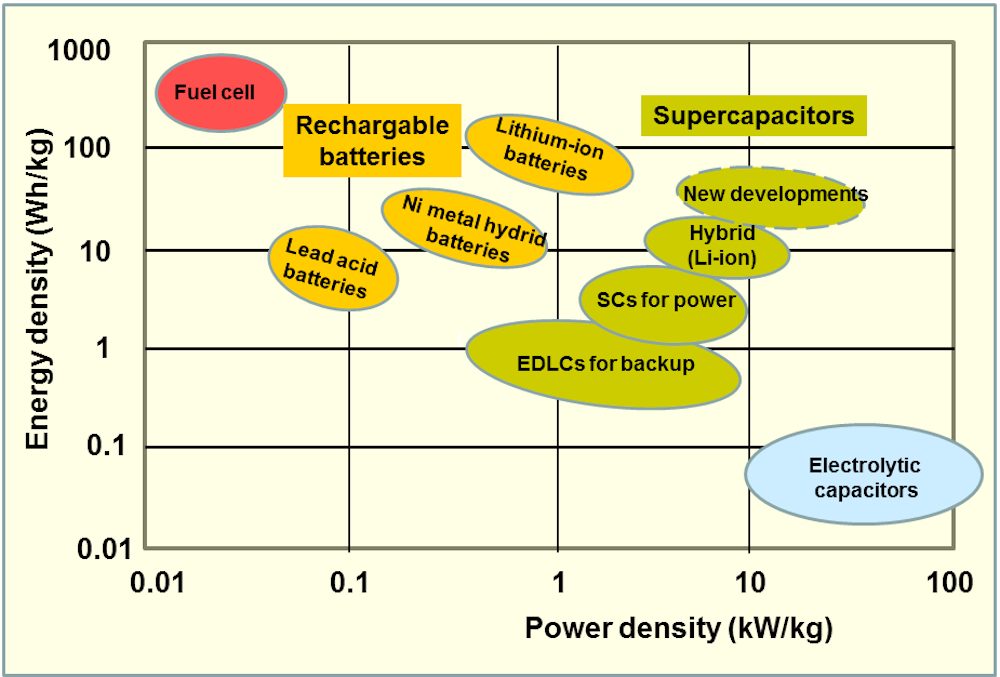
Electrical Lamborghini without battery
Car manufacturer Lamborghini is working together with technology university MIT on a new concept for an electric car. Energy storage is integrated in the composite bodyshell. And that means no more heavy batteries in the chassis subframe, and one motor for each wheel.
As we've come to expect from Lamborghini, the concept car presented yesterday is a vision of stylized speed – eye-catching, but still only skin-deep. After all, the real work has yet to begin, specifically in relation to energy storage. In collaboration with two laboratories at the Massachusetts Institute of Technology, Lamborghini has set itself a higher goal: a genuinely different approach to energy storage.
Supercapacitators
The two laboratories involved are the MIT Chemistry Department's Dinca Research Lab of Prof. Mircea Dinca and the MIT Mechanosynthesis Group of Prof. Anastasios John Hart. Instead of storage in a heavy and sizeable battery, they'll be working on storage in supercapacitors. This is an existing technology that is used in various applications, including trams and electric racing cars. Supercapacitors have the advantage of discharging their electrical charge very fast. And that's useful for a vehicle that is expected to hit 100 km/h in just a few short seconds. But these capacitors also take up their charge fast, which is a major benefit when braking. The motors then function like a dynamo.

The big challenge for both research groups is to develop supercapacitors with sufficient energy density, and to construct them in such a way that they can be integrated into the vehicle's bodyshell. That idea too has been circulating around the automotive universe for a while, but up till now has not really materialised. For MIT laboratories, this means developing new materials.
Short distances, fast charging
The use of these supercapacitors also suits Lamborghini's different approach to driving electric cars. The development of electric cars is generally focused on the longest possible distance on a single battery charge. Lamborghini sees a future with shorter distances and faster charging – even faster than filling up with petrol or diesel. And fast charging is possible with supercapacitors.
Self-healing composite
The bodyshell is made of carbon fibre reinforced composite, already used in the bodyshells of the BMW i3 and racing cars. MIT wants to make that composite self-healing. The material will be equipped with capsules with the components of epoxy resin. If a tear occurs anywhere in the composite, then the capsules burst open and create an epoxy resin that prevents the tear from resulting in mechanical weakness.
For the drivetrain, Lamborghini has fitted an electric motor at each wheel. This saves space inside the vehicle, and ensures greater control by enabling each wheel to be steered individually.
Third millenium
Discarding the battery and placing a motor at each corner gave the designers at Lamborghini much more freedom to concentrate on the aerodynamic design. All logically embedded in the 'ultimate driving experience' for driver and passenger.
The concept car is called the ‘Lamborghini of the Terzo Millennio’, which suggests we won't be seeing a production-ready version any time soon. However, the model is singing a new note in the choir of electrically-powered mobility.
NEWSLETTER
If you found this article interesting, then subscribe for free to our weekly newsletter.
Meer artikelen

Een AI-fabriek in Groningen

Gezondheid meten via zweetdruppels
Nieuwste artikelen

Een AI-fabriek in Groningen






